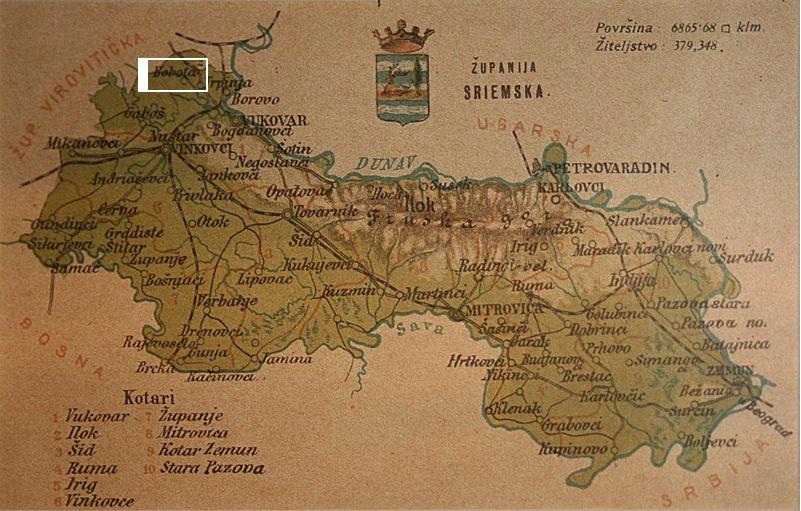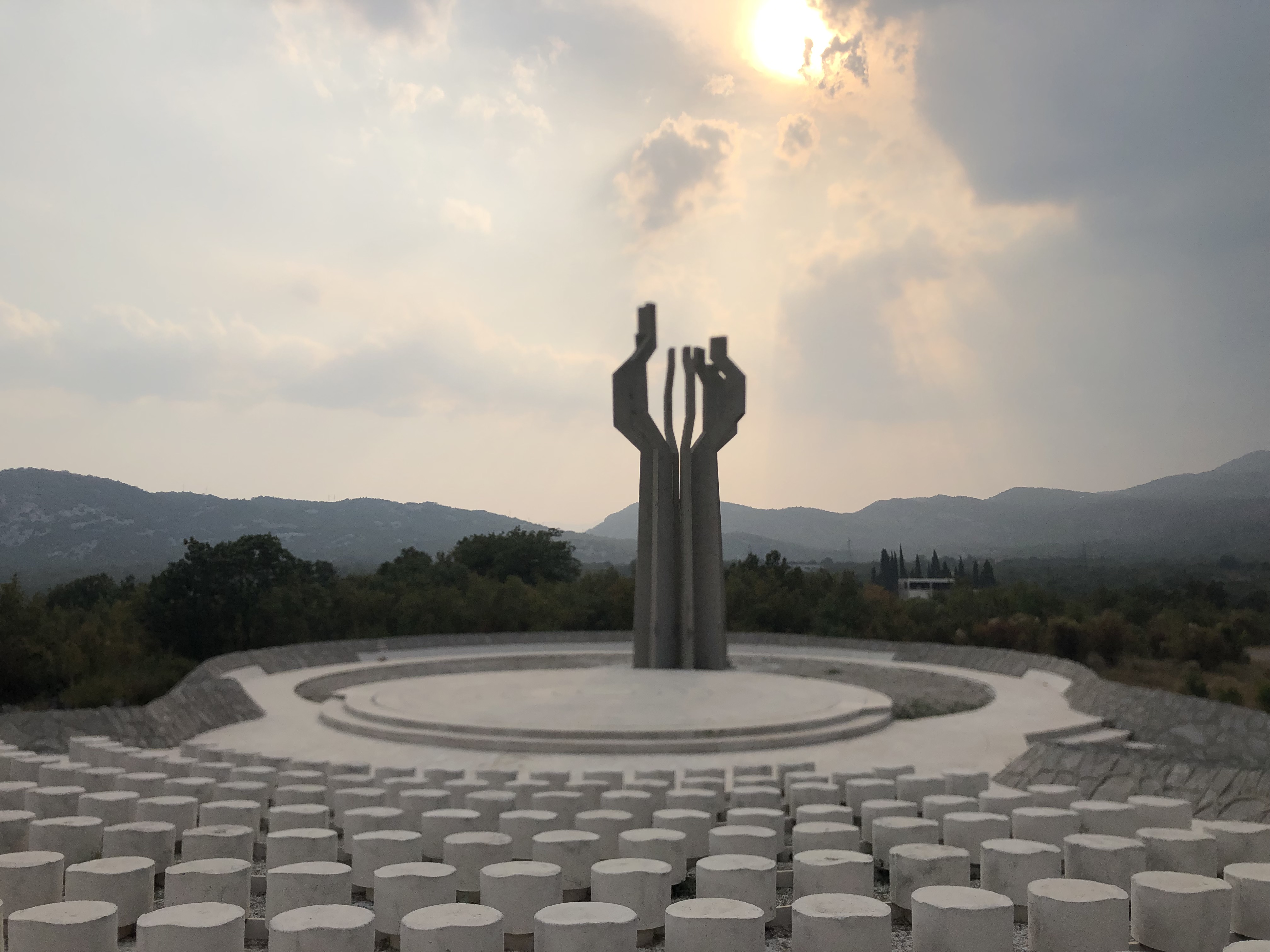|
People's Heroes Of Yugoslavia Monuments In Croatia
There were 1,322 individuals who were decorated by the Order of the People's hero of Yugoslavia between 1942 and 1973. Many busts and memorials were built in honor of each People's hero. Each of them usually had a bust in his birthplace or at the place of his death. Most of these monuments are built in figurative style, but some of them were completely abstract, for example, monument of Ivo Lola Ribar, built at Glamoč field in 1962. Large number of People's heroes' busts and monuments in Dalmatia, Slavonia and central Croatia were removed from public places or destroyed during the 1990s as a part of revisionism process. However, monuments of People's heroes are mostly intact in Istria, Hrvatsko Primorje and Hrvatsko Zagorje. Monument list {{Dynamic list See also *People's Heroes of Yugoslavia monuments * People's Heroes of Yugoslavia monuments in Bosnia and Herzegovina *People's Heroes of Yugoslavia monuments in Serbia *List of Yugoslav World War II monuments and memorials *L ... [...More Info...] [...Related Items...] OR: [Wikipedia] [Google] [Baidu] |
Order Of The People's Hero
The Order of the People's Hero or the Order of the National Hero ( sh-Latn-Cyrl, separator=" / ", Orden narodnog heroja, Oрден народног хероја; sl, Red narodnega heroja, mk, Oрден на народен херој, Orden na naroden heroj), was a Yugoslav gallantry medal, the second highest military award, and third overall Yugoslav decoration.Orders and Decorations of the Socialist Federal Republic of Yugoslavia, 1945-90 by Lukasz Gaszewski 2000, 2003 It was awarded to individuals, military units, political and other organisations who distinguished themselves by extraordinary heroic deeds during war and in peacetime. The recipients were thereafter known as People's Heroes of Yugoslavia or National Heroes of Yugoslavia. The vast majority was awarded to [...More Info...] [...Related Items...] OR: [Wikipedia] [Google] [Baidu] |
Većeslav Holjevac
Većeslav Holjevac (22 August 1917 – 11 July 1970) was a Croatian and Yugoslav soldier and communist politician. Holjevac was born in Karlovac, at the time in Austria-Hungary. He joined the Communist Party of Yugoslavia in 1939. Following the Axis invasion of Yugoslavia and establishment of Independent State of Croatia, Holjevac was active in resistance movement and in July 1941 he was one of the founders of Partisan units in Kordun and Banovina regions of Croatia. He served as political commissar of Partisan units in that region, including the 4th Croatian Corps, until the end of war. The most famous action which Holjevac commanded in 1941, happened on November 17 in Karlovac. He was in command of the platoon whose assignment was to liberate partisan Marijan Čavić, who was wounded by Ustashe, captured and set to healthcare in Karlovac hospital. Holjevac's platoon was redressed in Homeguard uniforms, so they entered Karlovac without problems. Unfortunately, Čavić was ... [...More Info...] [...Related Items...] OR: [Wikipedia] [Google] [Baidu] |
Banovci School2 , a village in Croatia
{{geodis ...
Banovci may refer to several places: * Banovci, Vukovar-Syrmia County, a village in Croatia * Banovci, Brod-Posavina County, a village in Croatia * Banovci, Slovenia, a village in Slovenia * Stari Banovci, a village in Serbia, part of Stara Pazova municipality * Novi Banovci, a neighbourhood of Stara Pazova, Serbia * Vinkovački Banovci Vinkovački Banovci ( sr-Cyrl, Винковачки Бановци, hu, Bánóc) is a village in Croatia in the region of Syrmia. The village is a part of the Nijemci Municipality. Serbian community constitute majority of the local populatio ... [...More Info...] [...Related Items...] OR: [Wikipedia] [Google] [Baidu] |
Pula
Pula (; also known as Pola, it, Pola , hu, Pòla, Venetian language, Venetian; ''Pola''; Istriot language, Istriot: ''Puola'', Slovene language, Slovene: ''Pulj'') is the largest city in Istria County, Croatia, and the List of cities and towns in Croatia, seventh-largest city in the country, situated at the southern tip of the Istria, Istrian peninsula, with a population of 52,411 in 2021. It is known for its multitude of ancient Roman Empire, Roman buildings, the most famous of which is the Pula Arena, one of the best preserved Roman amphitheaters. The city has a long tradition of wine making, fishing, shipbuilding, and tourism. It was the administrative centre of Istria from ancient Rome, ancient Roman times until superseded by Pazin in 1991. History Pre-history Evidence of the presence of ''Homo erectus'' one million years ago has been found in the cave of Šandalja near Pula. Pottery from the Neolithic period (6000–2000 BC), indicating Colonization, human settlement, h ... [...More Info...] [...Related Items...] OR: [Wikipedia] [Google] [Baidu] |
Bobota, Croatia
Bobota ( sr-Cyrl, Бобота) is a village in the Municipality of Trpinja in Vukovar-Syrmia County in eastern Croatia. Regional Bobota Canal, the first major water management project in modern-day Croatia in the post-Roman Empire period, was named after the village. According to 2011 Census Bobota had a population of 1,491 inhabitants. Bobota is centrally located within the municipality and is its largest settlement with total population just marginally ahead of Trpinja. The village is located south of the D2 road and part of the Osijek Airport plot, including a part of the runway is within its cadastral boundaries. The village is also located centrally in the triangle between the nearby cities of Osijek, Vukovar and Vinkovci. Name Villages of Trpinja, Bobota and Vera share the common folk story on the origin of their names. According to the story, the ancestors of today's inhabitants of villages, who settled at the time of the Great Serb Migrations under Arsenije III Ča ... [...More Info...] [...Related Items...] OR: [Wikipedia] [Google] [Baidu] |
Spomenik Borcima NOB-a
The authorities of the Socialist Federal Republic of Yugoslavia established many World War II memorials during its existence. Several memorial sites were established between 1945 and 1960, though widespread building started after the founding of the Non-Aligned Movement. Yugoslav president Josip Broz Tito commissioned several memorial sites and monuments in the 1960s and 1970s dedicated to World War II battles, and Nazi concentration camp sites. They were designed by notable sculptors, including Dušan Džamonja, Vojin Bakić, Miodrag Živković, Jordan and Iskra Grabul, and architects, including Bogdan Bogdanović and Gradimir Medaković. After Tito's death, a small number were built, and the monuments were popular visitor attractions in the 1980s as patriotic sites, and since the Yugoslav Wars and the dissolution of Yugoslavia, the sites are mostly abandoned. In Slovenia, World War II Veteran Organisation and its branches yearly hold many commemorative events in regard with th ... [...More Info...] [...Related Items...] OR: [Wikipedia] [Google] [Baidu] |
Moša Pijade
Moša Pijade ( sr-Cyrl, Мoшa Пијаде; he, משה פיאדה; alternate English transliteration Moshe Piade; 4 January 1890 – 15 March 1957), nicknamed Čiča Janko (, lit. "Old Man Janko") was a Serbian and Yugoslav communist of Jewish origin, a close collaborator of Josip Broz Tito, Yugoslav politician, and full member of the Serbian Academy of Sciences and Arts. Life and career Pijade was of Sephardic Jewish parentage. In his youth, Pijade was a painter, art critic and publicist. He was also known for translating ''Das Kapital'' by Karl Marx into Serbo-Croatian, together with Rodoljub Čolaković. He is thought to have had a major influence on Marxist ideology as exposed during the ''old regime'' in the Kingdom of Yugoslavia. In 1925, he was sentenced to 20 years in prison because of his 'revolutionary activities' after World War I. He was discharged after 14 years in 1939 and imprisoned again in 1941 in the camp Bileća. World War II Pijade was one of the ... [...More Info...] [...Related Items...] OR: [Wikipedia] [Google] [Baidu] |
Đurđevac
Đurđevac is a town in the Koprivnica-Križevci County in Croatia. According to the 2011 census, there are a total of 8,264 inhabitants in the municipality, in the following settlements: * Budrovac, population 373 * Čepelovac, population 345 * Đurđevac, population 6,349 * Grkine, population 131 * Mičetinac, population 207 * Severovci, population 142 * Sirova Katalena, population 281 * Suha Katalena, population 337 * Sveta Ana, population 99 In the census of 2011, Croats formed an absolute majority at 94.92%. The citizens of the town colloquially call themselves "Picoki". History Until 1918, Đurđevac (named ''Militär Sanct Georgen'' before 1850) was part of the Austrian monarchy (Kingdom of Croatia-Slavonia after the compromise of 1867), in the Croatian Military Frontier, under the WARASDIN-ST. GEORGENER Regiment N°VI.Probably until 1881. In the late 19th century and early 20th century, Đurđevac was a district capital in the Bjelovar-Križevci County of the ... [...More Info...] [...Related Items...] OR: [Wikipedia] [Google] [Baidu] |
Rijeka
Rijeka ( , , ; also known as Fiume hu, Fiume, it, Fiume ; local Chakavian: ''Reka''; german: Sankt Veit am Flaum; sl, Reka) is the principal seaport and the third-largest city in Croatia (after Zagreb and Split). It is located in Primorje-Gorski Kotar County on Kvarner Bay, an inlet of the Adriatic Sea and in 2021 had a population of 108,622 inhabitants. Historically, because of its strategic position and its excellent deep-water port, the city was fiercely contested, especially between the Holy Roman Empire, Italy and Croatia, changing rulers and demographics many times over centuries. According to the 2011 census data, the majority of its citizens are Croats, along with small numbers of Serbs, Bosniaks and Italians. Rijeka is the main city and county seat of the Primorje-Gorski Kotar County. The city's economy largely depends on shipbuilding (shipyards "3. Maj" and "Viktor Lenac Shipyard") and maritime transport. Rijeka hosts the Croatian National Theatre Ivan pl. ... [...More Info...] [...Related Items...] OR: [Wikipedia] [Google] [Baidu] |
Karlovac
Karlovac () is a city in central Croatia. According to the 2011 census, its population was 55,705. Karlovac is the administrative centre of Karlovac County. The city is located on the Zagreb- Rijeka highway and railway line, south-west of Zagreb and from Rijeka. Name The city was named after its founder, Charles II, Archduke of Austria. The German name ''Karlstadt'' or ''Carlstadt'' ("Charlestown") has undergone translation into other languages: in Hungarian it is known as ''Károlyváros'', in Italian as ''Carlovizza'', in Latin as ''Carolostadium'', and in Kajkavian and Slovene as Karlovec. History The Austrians built Karlovac from scratch in 1579 in order to strengthen their southern defences against Ottoman encroachments. The establishment of a new city-fortress was a part of the deal between the Protestant nobility of Inner Austria and the archduke Charles II of Austria. In exchange for their religious freedom the nobility agreed to finance the building of a new fort ... [...More Info...] [...Related Items...] OR: [Wikipedia] [Google] [Baidu] |
Rovinj
Rovinj (; it, Rovigno; Istriot: or ; grc, Ρυγίνιον, Rygínion; la, Ruginium) is a city in Croatia situated on the north Adriatic Sea with a population of 14,294 (2011). Located on the western coast of the Istrian peninsula, it is a popular tourist resort and an active fishing port. Istriot, a Romance language once widely spoken in this part of Istria, is still spoken by some of the residents. The town is officially bilingual, Croatian and Italian, hence both town names are official and equal. History Rovinj was already a settlement of Venetian or Illyrian tribes before being captured by the Romans, who called it ''Arupinium'' or ''Mons Rubineus'', and later ''Ruginium'' and ''Ruvinium''. Built on an island close to the coast, it became connected to the mainland much later, in 1763, by filling in the channel. Rovinj was eventually incorporated into the Byzantine Empire, later becoming part of the Exarchate of Ravenna in the 6th century, before being taken over by ... [...More Info...] [...Related Items...] OR: [Wikipedia] [Google] [Baidu] |
Viškovo
Viškovo is a municipality in the Primorje-Gorski Kotar County in western Croatia. There are 14,445 inhabitants, with 85% Croats The Croats (; hr, Hrvati ) are a South Slavic ethnic group who share a common Croatian ancestry, culture, history and language. They are also a recognized minority in a number of neighboring countries, namely Austria, the Czech Republic, G .... References Municipalities of Croatia Populated places in Primorje-Gorski Kotar County {{PrimorjeGorskiKotar-geo-stub ... [...More Info...] [...Related Items...] OR: [Wikipedia] [Google] [Baidu] |








